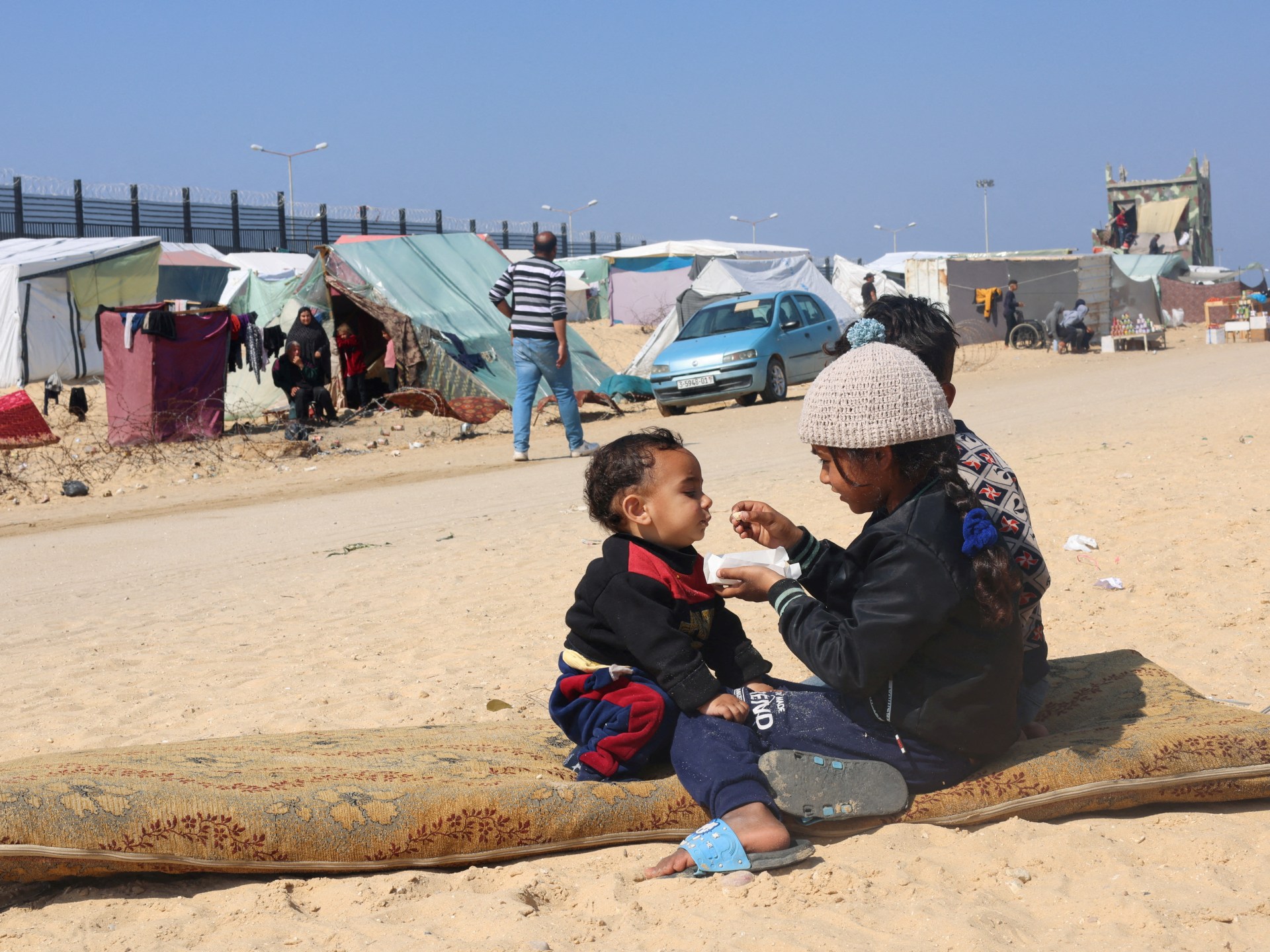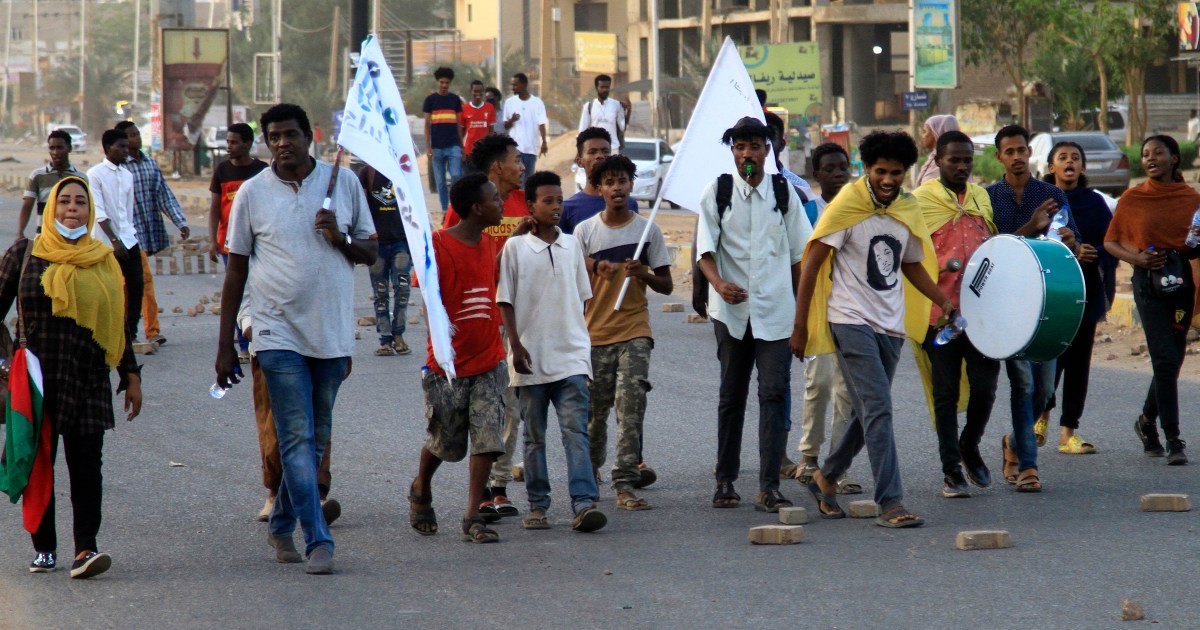US to conduct ‘air and maritime transits’ in Taiwan Strait
The White House says Washington’s ‘freedom of navigation’ transits will reflect its response to China’s ‘provocative’ military operations in the strait.
The United States plans to conduct new “air and maritime transits” in the Taiwan Strait in a step the White House says will reflect its response to China’s military drills in the contested strait amid rising tensions over the self-ruled island.
China conducted its largest-ever military drill around Taiwan, which Beijing considers its territory, during a trip by US House Speaker Nancy Pelosi earlier this month.
Kurt Campbell, the White House coordinator for Asia-Pacific issues and adviser to President Joe Biden, said despite tensions, US forces “will continue to fly, sail and operate where international law allows, consistent with our longstanding commitment to freedom of navigation”.
“That includes conducting standard air and maritime transits through the Taiwan Strait in the next few weeks,” he told reporters.
Campbell did not confirm what kind of deployment would be made to support the manoeuvres, saying he had no “comments about either the nature of our crossings or the timings across the Taiwan Strait”.
He said Washington is set to announce an “ambitious roadmap” for deeper economic ties with Taiwan in the wake of tensions with China over the self-governed island.
Largest-ever military drills
Beijing carried out its largest-ever military drills around the self-ruled island during Pelosi’s trip. It has accused the US of working against its official policy on China and Taiwan.
Taiwan has accused China of using the visit by Pelosi, the highest-ranking elected American official to visit in decades, as an excuse to start drills that Taipei called a rehearsal for invasion.
China views the island as its own territory to be seized one day, by force if necessary.
Campbell said Pelosi’s visit was “consistent” with Washington’s existing policy and that China had “overreacted”.
Beijing used the pretext to “launch an intensified pressure campaign against Taiwan to try to change the status quo, jeopardizing peace and stability across the Taiwan Strait and in the broader region”, he said.
“China has overreacted and its actions continue to be provocative, destabilising and unprecedented.”
In response to China’s drills, the US is reasserting its involvement in the area, while reiterating its policy of “strategic ambiguity” – diplomatically recognising China while simultaneously supporting the island’s self-rule.
Washington’s ‘one China’ policy
Andrew Leung, a China analyst, told Al Jazeera that US actions on Taiwan are working against its official policy towards China in that the “one China” policy has been hollowed out over many years by the dispatching of senior US officials to the island.
Such visits give Taiwan increasing diplomatic space to assume an “almost independent role as if Taiwan was a separate country” from China, Leung said.
“The reality remains that most Taiwanese people do not support unification but nor do they dare to declare independence. They want to prolong the status quo forever.
“However, forever is not an option because President Xi has made it quite plain that 2049 is the absolute deadline for unification which is the 100th anniversary of the founding of the Republic of China,” said Leung, referring to the island by its official name.
Island’s foreign ministry thanked Washington for its “firm support” in a statement on Saturday that pointed to its “concrete action to maintain security in the Taiwan Strait and peace in the region”.
Criticising China’s decision to halt cooperation with Washington on issues including the fight against climate change, Campbell said, “We have and will continue to keep lines of communication open with Beijing.”
The official noted that Biden and Chinese President Xi Jinping have asked staff to arrange an in-person summit, but he declined to comment on reports that this could take place during the G20 meeting in Bali this November.
“We don’t have anything further in terms of details on time or location,” he said.




